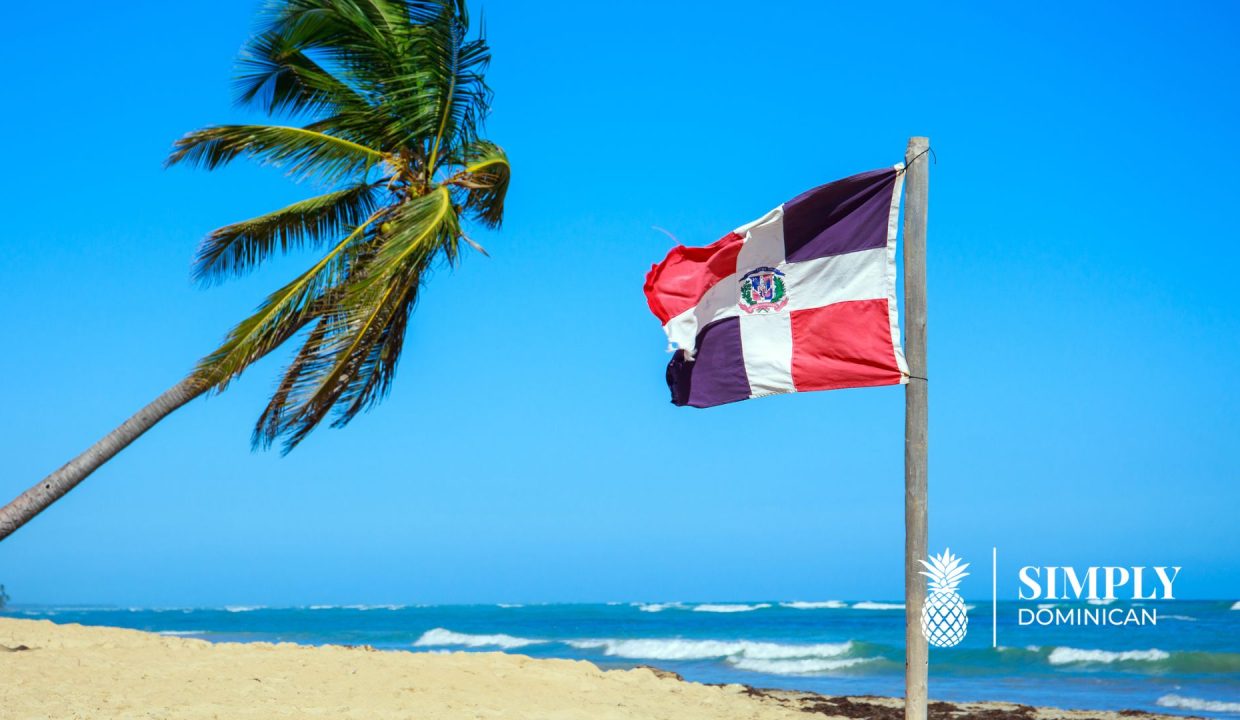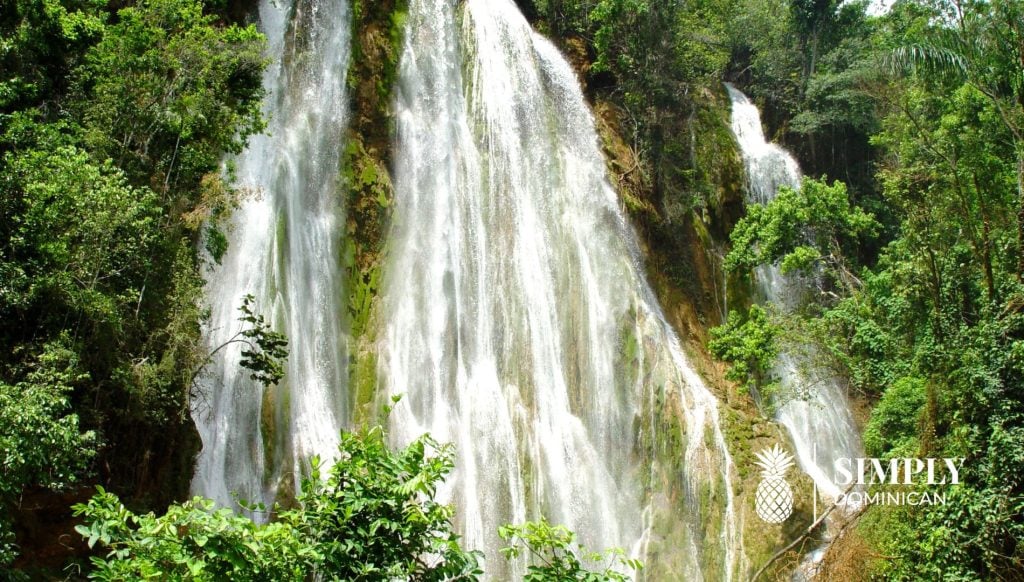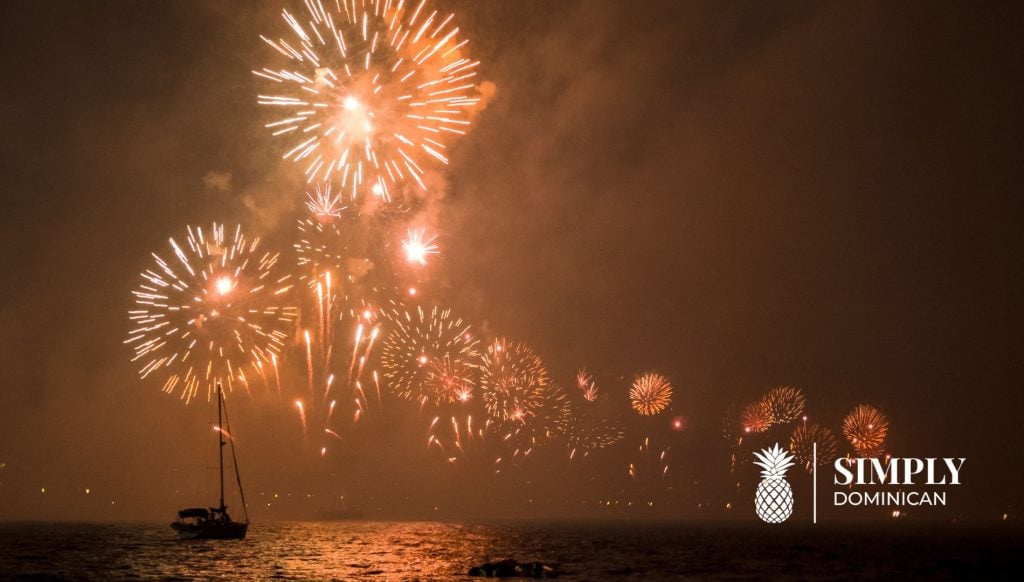
Key Takeaways
- The Dominican Republic first declared independence from Spain in 1821, but this was short-lived as Haiti occupied the country in 1822[1]
- After over 20 years of Haitian rule, a secret society called La Trinitaria led by Juan Pablo Duarte started the Dominican War of Independence in 1844[2]
- On February 27, 1844, the Dominican Republic formally declared independence from Haiti with the raising of the new Dominican flag in Santo Domingo[3]
Background on Spanish and French Colonial Rule
The Dominican Republic occupies the eastern two-thirds of the island of Hispaniola in the Caribbean. Hispaniola was the site of the first Spanish settlement in the Americas, established by Christopher Columbus in 1492.[4]
Spain ceded the western third of Hispaniola to France in 1697, which became the colony of Saint-Domingue. Saint-Domingue was France’s most profitable colony due to sugarcane plantations worked by African slaves. The brutal slave conditions led to the Haitian Revolution, culminating in Haiti’s independence from France in 1804.[5]

Short-Lived Independence from Spain in 1821
In 1821, Dominican nationalists overthrew Spanish rule and declared the country’s independence, establishing the Independent State of Spanish Haiti. However, this independence was short-lived as Haiti set its sights on unifying Hispaniola under its control. [1]
22 Years of Haitian Occupation and Oppression
In 1822, Haiti invaded the fledgling Dominican Republic, annexing it to unify the entire island of Hispaniola under Haitian rule. The 22-year Haitian occupation was marked by oppression – Haitian troops imposed heavy taxes, confiscated supplies, and tried to suppress Dominican culture and language.[6]
Juan Pablo Duarte and La Trinitaria
In 1838, Juan Pablo Duarte founded La Trinitaria, a secret pro-independence society that planned to overthrow Haitian rule. Along with other patriots like Matías Ramón Mella and Francisco del Rosario Sánchez, they led a resistance movement against the Haitian regime.[2]
La Trinitaria attracted widespread support and had cells across the country. They used a complex system of codes and passwords for communication to avoid detection. Their goal was to achieve a free and independent Dominican Republic.[7]
Independence Achieved on February 27, 1844
On February 27, 1844, the Trinitarios declared Dominican independence in Puerta del Conde, Santo Domingo. They raised the first Dominican flag, designed by founding father Juan Pablo Duarte – a blue, red and white banner.[3]
With the support of wealthy cattle-rancher Pedro Santana and his private army, the Trinitarios confronted Haitian troops, forcing them to retreat. This marked the end of 22 years of Haitian rule, though Haiti would try unsuccessfully to invade and regain control over the next decade.[1]
Traditions Honoring the Founding Fathers
Every year on February 27, Dominicans commemorate Independence Day by honoring founding fathers Juan Pablo Duarte, Matías Ramón Mella and Francisco del Rosario Sánchez. The president gives an annual speech, and Dominican flags are displayed across the country.[8]
Dominicans also celebrate with vibrant carnival festivities, especially in La Vega. Costumed parades and folk dances showcase Dominican culture and history.[8]

Frequently Asked Questions
Who first colonized Hispaniola?
Hispaniola was first colonized by Christopher Columbus on behalf of the Spanish crown in 1492. Spain established its main settlement on the island at Santo Domingo.[4]
Why did Haiti invade Spanish-Haiti in 1822?
After Haiti gained independence from France in 1804, it proceeded to conquer the rest of Hispaniola to unify the island under Haitian control. Geopolitical ambition was a key motivation behind the 1822 Haitian invasion.[6]
What was La Trinitaria?
La Trinitaria (The Trinity) was a secret pro-independence society founded by Juan Pablo Duarte in 1838 to organize resistance against Haitian occupation. It played a crucial role in achieving Dominican independence in 1844.[2]
How did the first Dominican Republic flag look?
The first Dominican flag in 1844 had a white cross on a blue field, with the coat of arms in the center, and alternating red and white rectangles on the sides. It remains the national flag today with some minor variations.[3]
Why do Dominicans celebrate independence for a whole month?
Since Dominican Independence Day coincides with the carnival season in February, the festive celebrations for carnival and independence have essentially merged into a month-long patriotic party.[8]
Need Assistance Planning Your Dream Vacation?
Our team at Simply Dominican is here to make your luxury travel dreams a reality. Whether you're seeking the perfect villa, personalized itineraries, or expert advice, we've got you covered.
Citations: [1] https://en.wikipedia.org/wiki/Dominican_War_of_Independence [2] https://en.wikipedia.org/wiki/Saint-Domingue [3] https://en.wikipedia.org/wiki/La_Trinitaria_(Dominican_Republic) [4] https://en.wikipedia.org/wiki/List_of_Dominican_Republic_flags [5] https://aaregistry.org/story/dominican-republic-gains-independence/ [6] https://gsp.yale.edu/case-studies/colonial-genocides-project/hispaniola [7] https://www.britannica.com/topic/La-Trinitaria [8] https://www.visitdominicanrepublic.org/flag-of-dominican-republic [9] https://en.wikipedia.org/wiki/Haitian_occupation_of_Santo_Domingo [10] https://study.com/learn/lesson/hispaniola-history-countries-population.html [11] https://nuestrostories.com/2022/11/la-trinitaria-secret-society-dominican-republic/ [12] https://www.lopesancostabavaro.com/en/blog/discover/dominican-republic-flag/ [13] https://www.britannica.com/topic/history-of-Dominican-Republic [14] https://slaveryandremembrance.org/articles/article/?id=A0111 [15] https://www.encyclopedia.com/humanities/encyclopedias-almanacs-transcripts-and-maps/trinitaria-la [16] https://www.cnn.com/interactive/2016/04/world/haiti-timeline/haiti-timeline-snippet.html [17] https://www.dominicanembassy.org.uk/dominican-republic/history/ [18] https://www.dominicanaonline.org/en/historia/independencia-dominicana/ [19] https://www.spanish.academy/blog/the-history-of-dominican-republics-independence-day/ [20] https://www.familysearch.org/en/wiki/Haiti_History [21] https://www.donquijote.org/dominican-culture/traditions/juan-pablo-duarte/ [22] https://www.historytoday.com/archive/santo-domingos-struggle-independence-haiti [23] https://www.newworldencyclopedia.org/entry/Hispaniola [24] https://haitiantimes.com/timeline/birth-of-la-trinitaria/ [25] https://casadecampoliving.com/history-dominican-republic/
